This article was co-authored by Adrian Klaphaak, CPCC. Adrian Klaphaak is a career coach and founder of A Path That Fits, a mindfulness-based boutique career and life coaching company in the San Francisco Bay Area. He is also is an accredited Co-Active Professional Coach (CPCC). Klaphaak has used his training with the Coaches Training Institute, Hakomi Somatic Psychology and Internal Family Systems Therapy (IFS) to help thousands of people build successful careers and live more purposeful lives.
There are 9 references cited in this article, which can be found at the bottom of the page.
wikiHow marks an article as reader-approved once it receives enough positive feedback. This article has 135 testimonials from our readers, earning it our reader-approved status.
This article has been viewed 10,452,712 times.
Want to write an application letter (or “cover letter”) that’ll set you apart from other job candidates? A good application letter expresses interest in a position, highlights your unique skillset, and explains why you’re the right fit for the job. We’ve put together a guide of writing tips and examples so you can get the hiring manager’s attention. Read on to learn how to write your next cover letter.
Steps
Sample Letters
Writing a Job Application Letter
-
1Write an engaging first paragraph that explains what drew you to the job. Employers read a lot of cover letters, and most of the time a hiring manager will scan them quickly to decide if your letter goes in the trash or the “keep” pile. Don’t bury the lead, treat your application letter like a news article.[1]
- Open with a strong, declarative statement that informs your reader that you are excited to be applying for [the position] at [company].
- Be short and specific with what attracted you to the job. What is it about the company that you like? Give an example, and don’t be afraid to be a little conversational depending on how casual the company is.
- Show the manager that you are not only familiar with the company’s work, but that you are a good fit by writing in a similar tone to the company.
- For example: if you are applying to a company that writes news articles, try to embody a tone that is similar to those articles. Are they serious, do they add humor? If it’s a more formal company like a big marketing firm or financial institution, you might want to be more authoritative, but always be polite.
-
2State where you found the position to which you are applying. Before applying, do some research and see if you know anyone at the company. It’s always better to have an in and reference, and don’t be afraid to name drop if you have the employee’s permission.[2]
- If you don’t have a contact at the company, still be sure to include where you found the application, such as via a job site, the company’s site, in a newspaper, etc.
Advertisement -
3Explain why hiring you will benefit the employer. You don’t want to tell them why getting hired will benefit you. There’s a reason this position is open, there’s a problem that needs solving. You’re here to solve it.[3]
- Look at your list of accomplishments and experience and find one or two examples that you can speak about. These should highlight why you will be great in the role.
- For example, if you see that the position needs someone who can lead a team and handle multiple projects at once, look at your accomplishments to see if you have any experience that solves that need. If you've led team members before, briefly speak to how your leadership skills increased productivity across multiple projects.
- Anytime that you can provide stats and numbers, do so. When describing why hiring you will benefit the employer, try to use stats like an increase in revenue or a cut down on costs under your leadership.
-
4Briefly summarize your strengths, qualifications, and experience. In your second paragraph, you want to mirror the job qualifications to two or three of your abilities and experiences that show why you’re perfect for the role.[4]
- Refer to your CV or resume, and your skills section from your outline for more explanations of your qualifications and skills.
- Look for quick anecdotes that highlight how you’ve been able to solve issues that the company you are applying for might have based on the requirements.
- Include the most relevant aspects of your career. While more recent accomplishments are a good place to start, you may have done something in the past that fits perfectly to the requirements; don’t be afraid to dig deep.
-
5Paint a picture of yourself that’s not on your resume. A hiring manager can read your CV or resume and see what you have done in your previous jobs. You want to show the hiring manager who the person behind the accomplishments is.[5]
- In one or two sentences, express how the company has impacted you personally. If you are applying to your dream job, chances are this company has somehow shaped your life.
- Don’t get too sappy, and keep it short. But by showing the human side of yourself with a story, you show that you’re more than just facts on a piece of paper.
Closing Your Letter
-
1Briefly summarize why you’re the perfect candidate for the job in one sentence. Ending your letter of application on the right note is a very important part of your letter as it can help you land the interview.[6]
- When you explain how you can contribute to the company, remember that you want to put yourself in the shoes of the hiring manager. It’s about how your contributions will help the company, not how the company will help you.[7]
- Ask yourself what you would be looking for in a candidate if you were hiring.
-
2Invite the hiring manager to contact you. Inform your reader that you would love the opportunity to speak further about the position and provide your contact info again.[8]
- You can conclude your letter by thanking the hiring manager and ending with a statement like I look forward to hearing from you at your earliest convenience.
- Don’t just ask the hiring manager to contact you if he feels you are a good fit. Show some confidence (without being cocky) by telling him that you look forward to speaking further.
-
3Sign off. Signing off can seem like an afterthought, or become frustrating if you don’t know what is appropriate. Use Yours sincerely or simply “Best”.
- Being too formal can hurt you here as you may come off insincere, or it may not fit the style of the rest of your letter.
- By saying something like “Best” or “Best wishes”, you show respect.[9] Alternatively, something like “Cheers” may be too informal and can come off as presumptuous.
-
4Write your name underneath. After you sign off, write your full name on the last line, and consider including a signature.
- If you have set up a signature on your word processor, you can insert it under your name.
- Alternatively, you can print out your letter and sign your name by hand if you wish. Although with this method, you will have to scan your letter back into your computer.
- A signature is not always required.
Formatting a Job Application Letter
-
1Start your letter by listing your contact information at the top. Use a readable format, layout, and font as you want to make it as easy as possible for your prospective employer to contact you. Before you begin your letter, make sure that you have the proper letterhead.[10]
- Make sure your document is aligned to the left.
- Include the current date then, separated by a blank line, add your contact information:
- Name
- Address
- Phone number
- Email address
- Personal website (if you have one)
- LinkedIn profile
-
2Include the company’s information. After you include your information, you need to include the name of the employer to whom you are applying for the job, their title, the name of company and address.[11]
- By including the contact information of the company to which you are applying, you are showing that you have taken the time to write a specific letter or application to this company, and have done your research to find the hiring manager for the position.
- Doing your homework puts you ahead of a majority of applicants who use letters of application which are clearly generic cut and paste letters. This extra step shows you are dedicated.
- If you don’t know the name of the hiring manager, search the company’s website to see if you can find them. Go to LinkedIn, and even search Twitter. If you can’t narrow down a specific name, see if you can find the head of the department to which you are applying. If all else fails and you have no name, it’s ok to address your cover letter to the hiring manager of the department. Example: “[Department] Hiring Manager”.
-
3Address your letter to the person whom you are writing. To begin your letter, you want to be formal and start with a proper address. Don’t address it to “To Whom It May Concern”, as this is informal, generic, and gives the impression that you haven’t researched the company.[12]
- If you don’t have the hiring manager’s name, a simple “Dear [Department] Hiring Manager” will do.
Community Q&A
-
QuestionWhat do I write in an application letter?
 Adrian Klaphaak, CPCCAdrian Klaphaak is a career coach and founder of A Path That Fits, a mindfulness-based boutique career and life coaching company in the San Francisco Bay Area. He is also is an accredited Co-Active Professional Coach (CPCC). Klaphaak has used his training with the Coaches Training Institute, Hakomi Somatic Psychology and Internal Family Systems Therapy (IFS) to help thousands of people build successful careers and live more purposeful lives.
Adrian Klaphaak, CPCCAdrian Klaphaak is a career coach and founder of A Path That Fits, a mindfulness-based boutique career and life coaching company in the San Francisco Bay Area. He is also is an accredited Co-Active Professional Coach (CPCC). Klaphaak has used his training with the Coaches Training Institute, Hakomi Somatic Psychology and Internal Family Systems Therapy (IFS) to help thousands of people build successful careers and live more purposeful lives.
Career Coach Give specific examples of your past accomplishments and highlight how the results you achieved benefited your previous company.
Give specific examples of your past accomplishments and highlight how the results you achieved benefited your previous company. -
QuestionWhere can I find sample application letters?
 wikiHow Staff EditorThis answer was written by one of our trained team of researchers who validated it for accuracy and comprehensiveness.
wikiHow Staff EditorThis answer was written by one of our trained team of researchers who validated it for accuracy and comprehensiveness.
Staff Answer wikiHow Staff EditorStaff AnswerThere are numerous websites that offer example job application letters and letter templates. Do a search using terms like “example job application letter” or “job application letter template.” You can also search for sample letters in your specific field, such as “teacher” or “electrician.” If you’re in school, your college or university’s career office may also be able to provide sample letters. You can also check out the samples at the top of this article.
wikiHow Staff EditorStaff AnswerThere are numerous websites that offer example job application letters and letter templates. Do a search using terms like “example job application letter” or “job application letter template.” You can also search for sample letters in your specific field, such as “teacher” or “electrician.” If you’re in school, your college or university’s career office may also be able to provide sample letters. You can also check out the samples at the top of this article. -
QuestionWhat’s the right format for an application letter?
 wikiHow Staff EditorThis answer was written by one of our trained team of researchers who validated it for accuracy and comprehensiveness.
wikiHow Staff EditorThis answer was written by one of our trained team of researchers who validated it for accuracy and comprehensiveness.
Staff Answer wikiHow Staff EditorStaff AnswerIn the upper lefthand corner of the letter, put the heading information. This includes your name and contact information, the date, and the name and contact information of the person you’re sending the application to. Next comes the salutation, the body of the letter, and then your sign-off and signature. If possible, keep the letter no more than a page long. Single space the letter and add an extra space between paragraphs, and set the margins to around 1 inch (2.5 cm), with the text aligned to the left. Use a traditional font, such as Times New Roman or Arial, and set the font size to 10-12 points.
wikiHow Staff EditorStaff AnswerIn the upper lefthand corner of the letter, put the heading information. This includes your name and contact information, the date, and the name and contact information of the person you’re sending the application to. Next comes the salutation, the body of the letter, and then your sign-off and signature. If possible, keep the letter no more than a page long. Single space the letter and add an extra space between paragraphs, and set the margins to around 1 inch (2.5 cm), with the text aligned to the left. Use a traditional font, such as Times New Roman or Arial, and set the font size to 10-12 points.
Warnings
- Your application letter should not be a repeat of your CV or resume.⧼thumbs_response⧽
- Don’t assume you will get the job in your letter. Avoid terms that imply you are already working for the company like “When you hire me, I will do these things”.⧼thumbs_response⧽
References
- ↑ http://www.slate.com/articles/business/moneybox/2013/08/cover_letter_writing_advice_how_to_write_a_cover_letter_for_an_entry_level.html
- ↑ https://hbr.org/2016/05/learn-to-love-networking
- ↑ https://hbr.org/2014/02/how-to-write-a-cover-letter
- ↑ https://hbr.org/2014/02/how-to-write-a-cover-letter
- ↑ https://career.colostate.edu/resources/cover-letter-example-csu-career-center/
- ↑ https://www.themuse.com/advice/3-cover-letter-closing-lines-that-make-hiring-managers-grimace-plus-better-options
- ↑ https://career.colostate.edu/resources/cover-letter-example-csu-career-center/
- ↑ https://career.gatech.edu/writing-effective-cover-letter
- ↑ http://susanireland.com/letter/how-to/close-cover-letter-with-sign-off/
About This Article
The best way to start an application letter is to mention where you found the job opportunity and how your strengths can benefit the employer. Devote time in the body paragraphs to tell the employer more about your experience and qualifications. Explain why you’re the best candidate and finish by inviting the hiring manager to contact you. For suggestions on how to prepare your letter, and examples of what to write, read on!
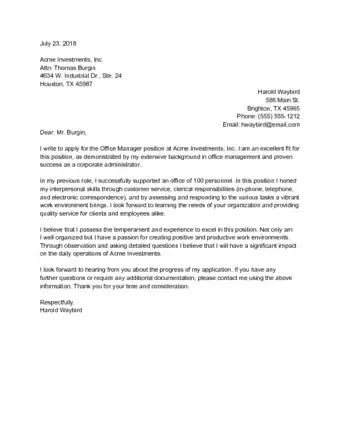
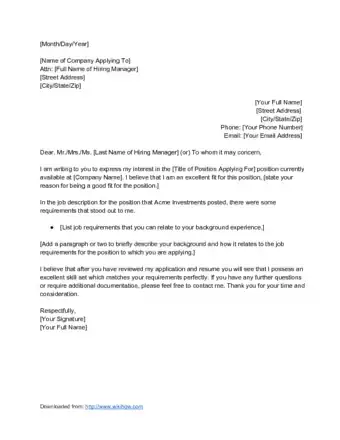
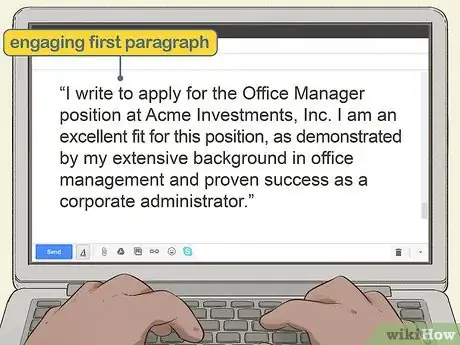

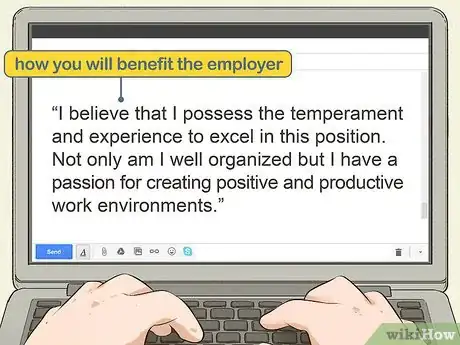
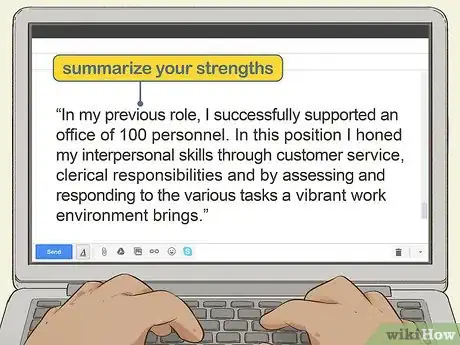
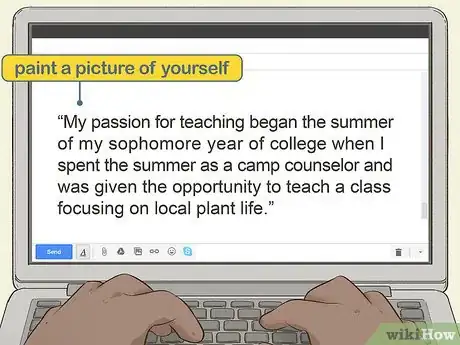

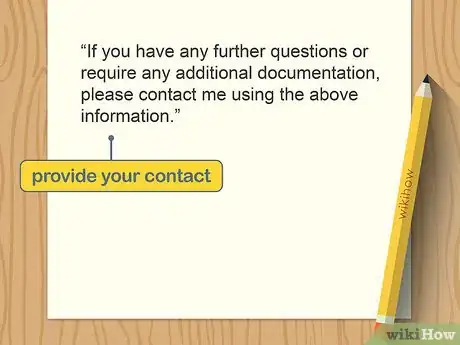

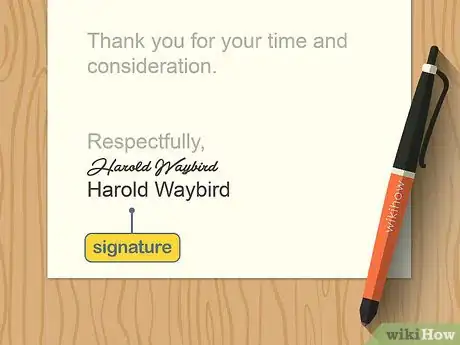


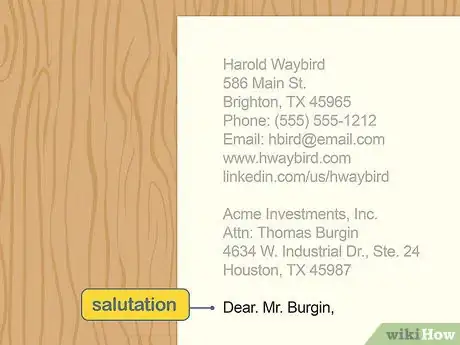
-Step-17-Version-3.webp)

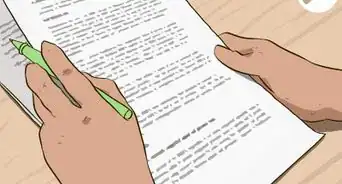


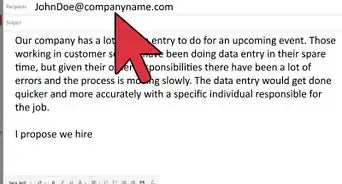
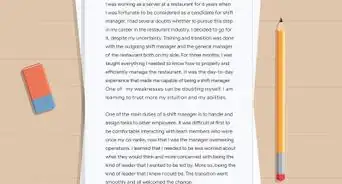
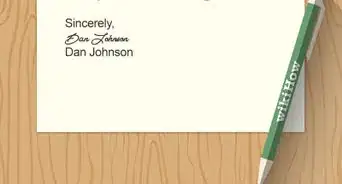





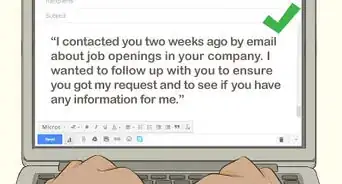





-Step-17-Version-3.webp)






































